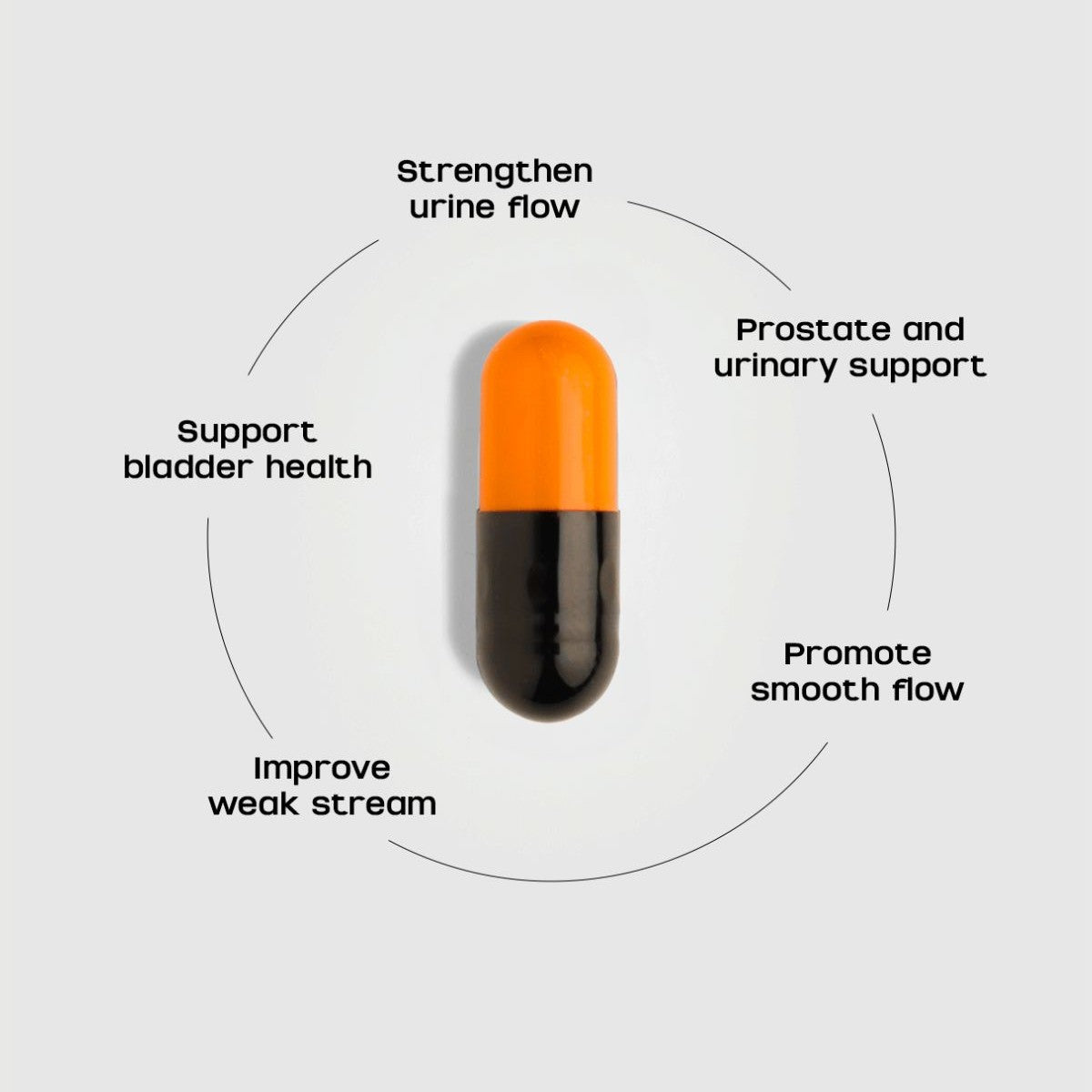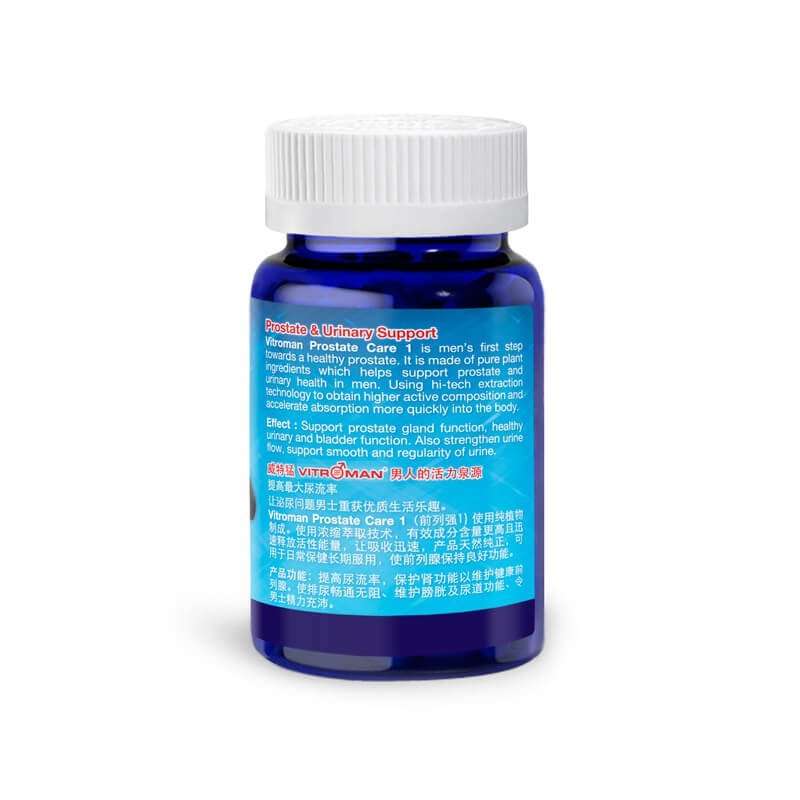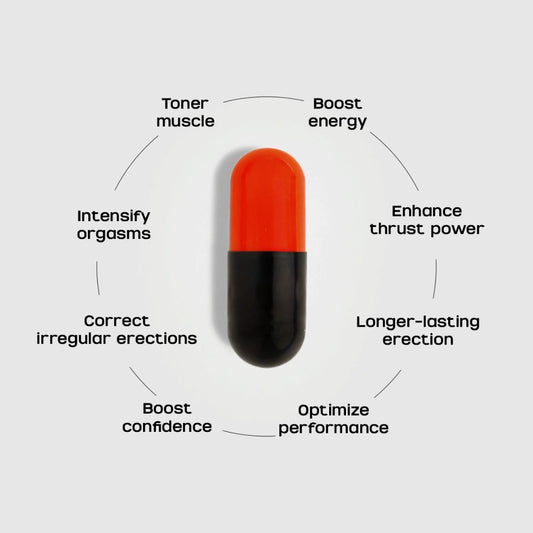
Understanding and Managing Male Sexual Dysfunction: A Comprehensive Guide
Share
Male sexual dysfunction is a prevalent issue that affects millions of men worldwide. It encompasses a range of problems, including erectile dysfunction, premature ejaculation, and loss of libido. This blog aims to provide a thorough understanding of male sexual dysfunction, including its causes, symptoms, treatment options, and impacts on fertility and overall health.
What is Male Sexual Dysfunction?
Male sexual dysfunction refers to any issue that prevents a man from experiencing satisfaction during sexual activity. It can manifest in various forms, including difficulty achieving or maintaining an erection, reduced libido, and issues with ejaculation.
Common Types of Male Sexual Dysfunction
- Erectile Dysfunction (ED): Difficulty in achieving or maintaining an erection sufficient for sexual intercourse.
- Premature Ejaculation: Ejaculation that occurs sooner than desired, either before or shortly after penetration.
- Delayed Ejaculation: Difficulty or inability to ejaculate despite adequate sexual stimulation.
- Loss of Libido: Reduced interest in sexual activity.
Causes of Male Sexual Dysfunction
Male sexual dysfunction causes can be multifaceted, involving physical, psychological, and lifestyle factors:
- Physical Causes: Cardiovascular disease, diabetes, hormonal imbalances, neurological disorders, and chronic illnesses.
- Psychological Causes: Stress, anxiety, depression, and relationship issues.
- Lifestyle Factors: Substance abuse, excessive alcohol consumption, smoking, and lack of exercise.
Symptoms of Male Sexual Dysfunction
Male sexual dysfunction symptoms vary depending on the type of dysfunction but generally include:
- Difficulty achieving or maintaining an erection
- Reduced sexual desire
- Problems with ejaculation (too soon, too late, or not at all)
- Pain during intercourse
Diagnosing Male Sexual Dysfunction
Healthcare providers use various tools and criteria, including the ICD-10 classification for male sexual dysfunction, to diagnose and categorize different types of sexual dysfunction.
Treatment Options for Male Sexual Dysfunction
Male sexual dysfunction treatment approaches can include:
- Medications: PDE5 inhibitors (such as Viagra), hormone therapy, and antidepressants like Celexa, which may have implications for sexual function.
- Therapy: Psychological counseling or sex therapy to address underlying psychological issues.
- Lifestyle Changes: Improving diet, increasing physical activity, reducing alcohol intake, and quitting smoking.
- Medical Devices: Vacuum erection devices, penile implants, and injections.
Male Sexual Dysfunction and Fertility
Male sexual dysfunction and fertility are closely linked, as issues like erectile dysfunction and ejaculatory problems can directly impact a man’s ability to conceive. Addressing sexual dysfunction is often a critical step in fertility treatments.
Male Sexual Dysfunction in Aging
Male sexual function after 60 can decline due to natural aging processes, but this does not mean an end to a satisfying sex life. Treatments and lifestyle modifications can help manage age-related sexual dysfunction.
Psychological Impact of Male Sexual Dysfunction
Male erectile dysfunction and depression are often interrelated. The psychological distress caused by sexual dysfunction can lead to mental health issues, which can further exacerbate sexual problems.
Guidelines and Clinical Resources
The EAU guidelines on male sexual dysfunction provide evidence-based recommendations for diagnosing and treating sexual dysfunction. Additionally, resources like male sexual dysfunction: a clinical guide offer comprehensive information for healthcare providers.
Substance Abuse and Sexual Dysfunction
Substance abuse and male sexual dysfunction are often connected, with drugs and alcohol contributing to or exacerbating sexual problems. Addressing substance abuse is crucial for effective treatment of sexual dysfunction.
Gender Differences in Sexual Dysfunction
Understanding the difference between male and female sexual dysfunction is important for tailored treatment approaches, as the causes and manifestations can differ significantly between genders.
Conclusion
Male sexual dysfunction is a complex issue with significant physical and psychological implications. By understanding the causes, symptoms, and available treatments, men can take proactive steps towards managing their sexual health and improving their quality of life. If you or someone you know is struggling with sexual dysfunction, seeking professional help is a crucial step towards recovery.
Reference
- National Institute of Diabetes and Digestive and Kidney Diseases (NIDDK): Contains definitions and facts about erectile dysfunction
- American Urological Association (AUA): Offers guidelines on the management of erectile dysfunction
- European Association of Urology (EAU): Publishes guidelines on sexual and reproductive health, including male sexual dysfunction
- National Institutes of Health (NIH): Provides research and information on understanding male sexual dysfunction
- Harvard Health Publishing: Discusses the relationship between erectile dysfunction and other health issues

















